A fully functional one-off
miniature supercar built from a
Ferrari F430 Scuderia donor car and a bespoke
carbon fiber body, the New Stratos is a modern successor and tribute to its
iconic 1970s Lancia Stratos namesake. The brainchild of
German auto parts
manufacturer Brose’s chairman and current “Stratos” nameplate rights owner
Michael Stoschek, the New Stratos first arrived in 2010. However, it only went
into production in 2018 at Manifattura Automobili Torino (M.A.T.), after the
resolution of rumored corporate wrangling with Ferrari and the wider Fiat
group.
اضافة اعلان
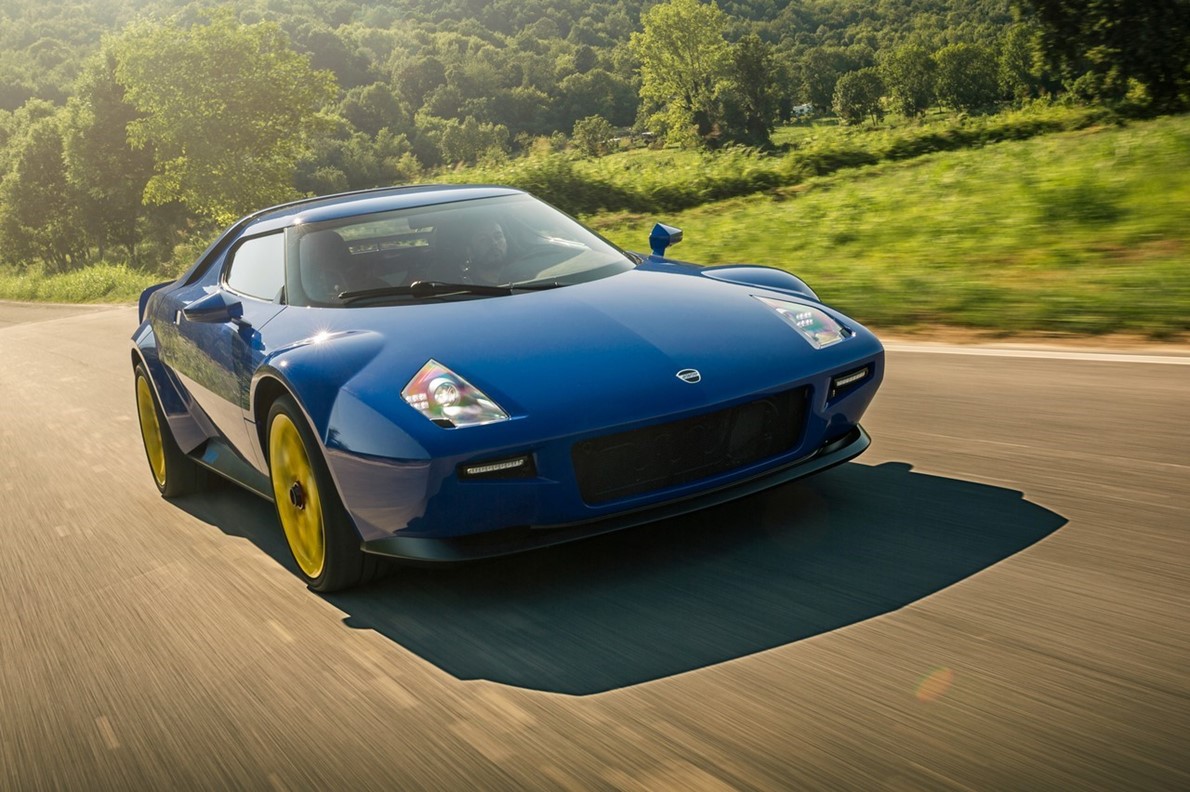
The New Stratos
was developed in the wake of the stalled and highly stylized 2005 Fenomenon
Stratos project, and against a backdrop of a sidelined, once-great Lancia
brand, now seemingly disinterested in recapturing its evocatively rich
heritage. With some initial tacit cooperation from Ferrari, whose chairman at
the time, Luca di Montezemolo, even publicly test drove it when it first
arrived back in 2010, the New Stratos was first earmarked for a very limited —
and very expensive — 50-car production run.
Stoschek stalled
Whether from Fiat not wanting the “Stratos” name to be recreated by an
outside company, or from worries that the smaller, more powerful New Stratos
would outperform Ferrari’s own supercars, progress on Stoschek’s project
stalled. With Ferrari collaborators prevented from helping produce any
additional New Stratos cars, the project was shelved, as it would have been
impossible to recreate the knowledge and details gained with such companies,
especially those of the
Pininfarina design bureau’s most crucial contributions,
according to the New Stratos makers.
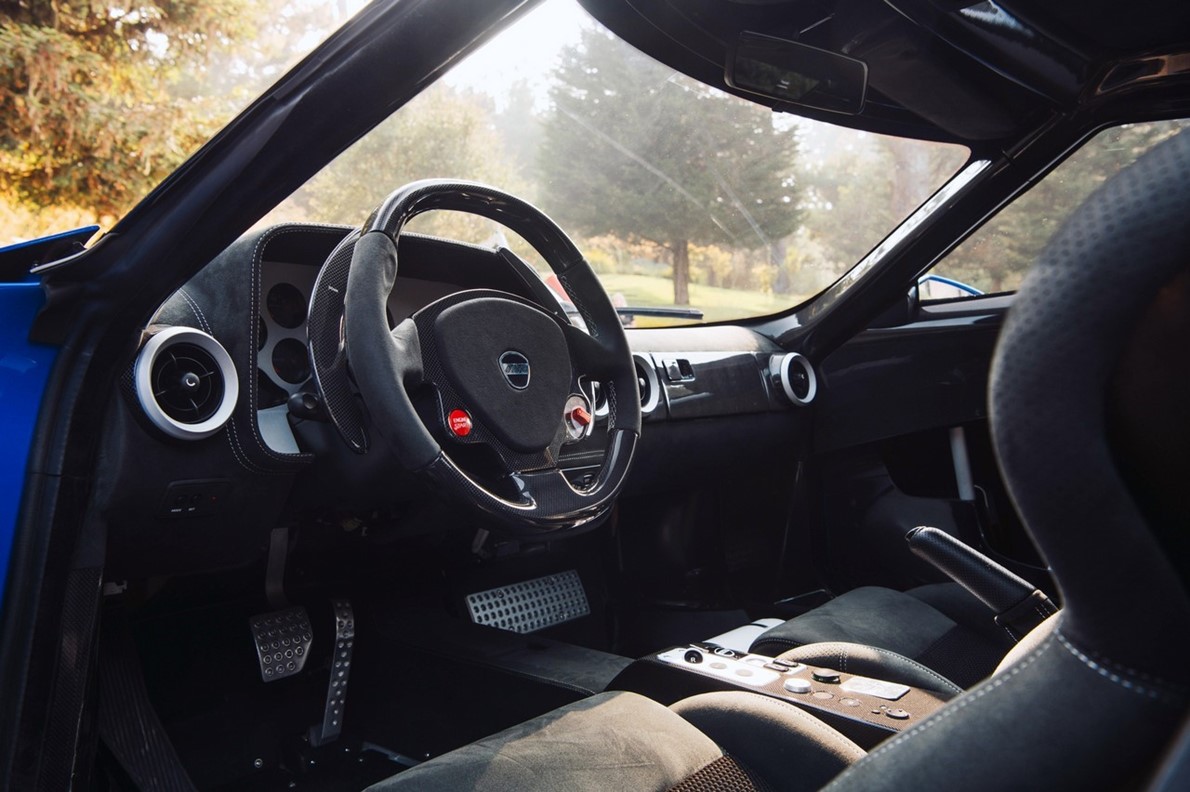
The New Stratos
may have been mired in the interim, but the car itself was not consigned to be
locked out of sight. Stoschek’s car instead made regular driving appearances
for the public to admire it on road and track, including as a pace car at the
Rally Isla Mallorca vintage car race in 2012, where it covered 14 stages and
450km. Then, with differences or difficulties seemingly resolved, the New
Stratos project was revived in 2018, when a reduced 25-car production run
began.
Established in
2014 by the former Pininfarina Special Projects lead, and early design and
engineering development collaborator, Paolo Garella, the New Stratos is
manufactured by M.A.T. in Turin, Italy, as befitting a seductive supercar of
its kind. The limited production New Stratos cars are built with the same
design and technology as Stoschek’s original car, using a shortened Ferrari
F430 frame. A lighter, smaller, and more powerful and agile car, the viscerally
charged New Stratos promises to bring back “the exciting feeling of analog
driving”, according to Garella.
Strident re-start
The New Stratos is built to bespoke one-off specifications for each
iteration in terms of materials, interior, and colors, and is available with a
choice of three variations: Road, GT Rally, and Safari. Evolutionary in
aesthetic, rather than outright retro like the Hawk HF3000 and other modified
replicas of the Lancia original, the wedge-like New Stratos is a seductively
potent modern design that closely follows the proportions and urgent, jutting,
and feisty character of the iconic
Lancia, but interpreted with sharper lines
and angles.

Positioned ahead
of the rear axle and under its taut lightweight carbon fiber skin is a more
powerful version of the charismatic 2004–2009 F430’s Scuderia’s free-revving,
naturally aspirated cross-plane crankshaft 4.3-liter 508HP V8 engine, with
freer flowing air intakes and exhaust. Developing 540HP at a stratospheric
8,200rpm and 519Nm at a peaky 3,750rpm in the original Stoschek car — and over
550HP in 2018+ examples — the New Stratos rockets through 0-100km/h in 3.3
seconds, 0-200km/h in 9.7 seconds, and can attain up to 330km/h, depending on
gearing.
The New Stratos drives
the rear wheels through a six-speed automated sequential gearbox like the 2010
car, or a more immersive old school six-speed manual option, while a mechanical
limited-slip rear differential to optimize cornering stability and agility.
With a rigid roll-over bar to improve handling, enhanced double wishbone
suspension, short wheelbase, light 1,247kg mass, and near-ideal weighting, the
nimble New Stratos promises to be an agile corner-carving hill climb hero with
telepathic responses. Its low bonnet and wraparound windscreen meanwhile should
provide unimpeded front visibility.
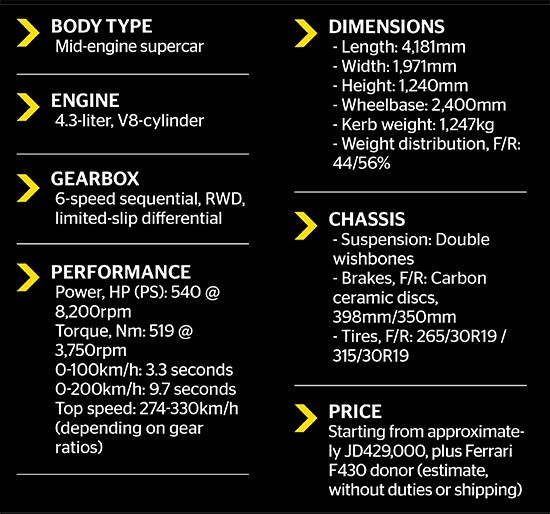 Flashback: Lancia Stratos
Flashback: Lancia StratosPurpose-built and rally homologated with 492 road versions,
the Lancia Stratos was conceived to consolidate Lancia’s rallying heritage. The
Stratos’ single-minded engineering purity, gorgeous looks, stunning
performance, rally success, and limited numbers made it an instant classic that
was uncompromised for practicality or comfort considerations. A lasciviously
curvaceous but miniaturized mid-engine Italian supercar, the Stratos was agile,
balanced, sharp, and direct, and with a low slung bonnet and wraparound
windshield for excellent front visibility.
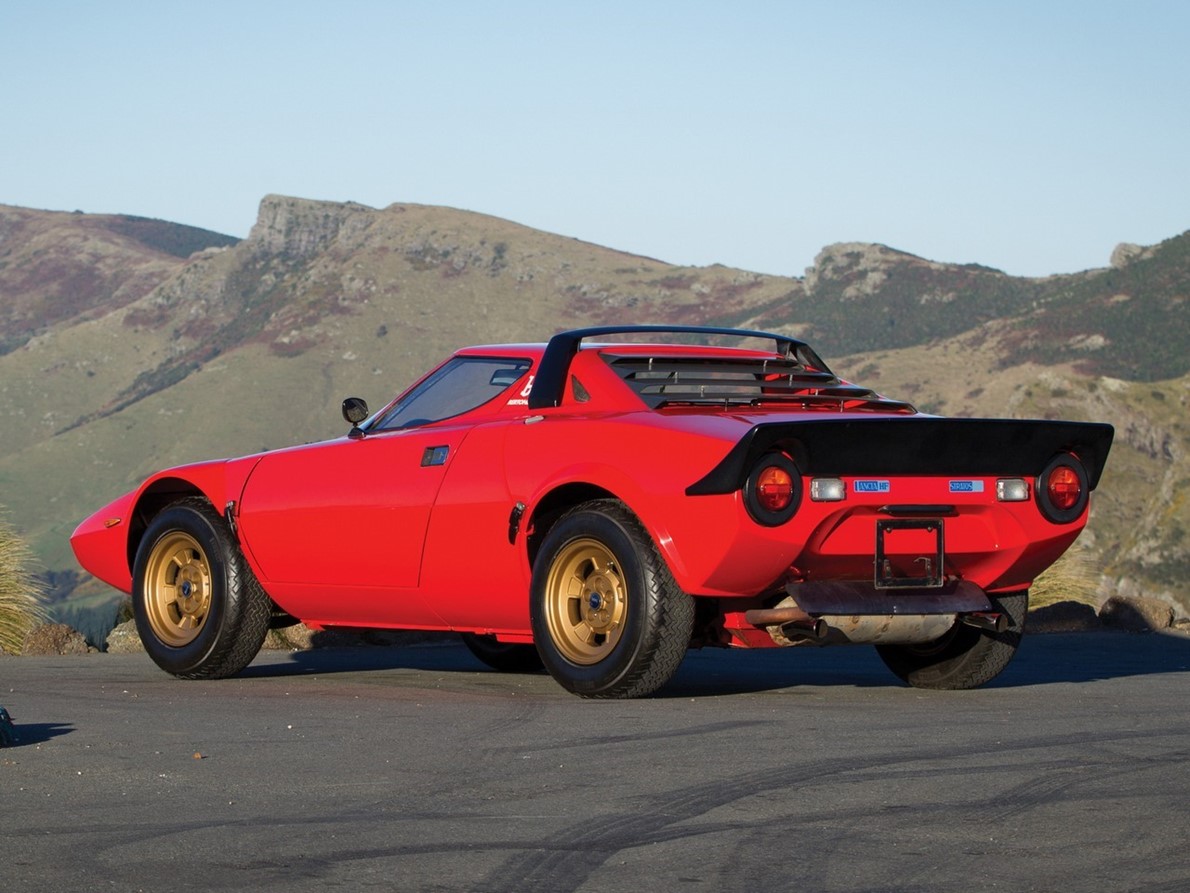
Tuned to between 280HP to turbocharged 560HP, the
rally championship winning Stratos was retired from the Fiat group factory team
in 1976, but privateer teams kept racing and winning until 1981. Powered by the
Ferrari Dino’s seductive, primal, evocative, and high-revving 2.4-liter triple
carbureted V6-engine, the 980kg Stratos developed 190HP at 7,000rpm and 225Nm
at 4,000rpm, and dispatched 0-100km/h in around six seconds. With 130mm ground
clearance and tall tires, it was meanwhile a road-going rally car, with
supercar performance and the ability to tackle rough road conditions.
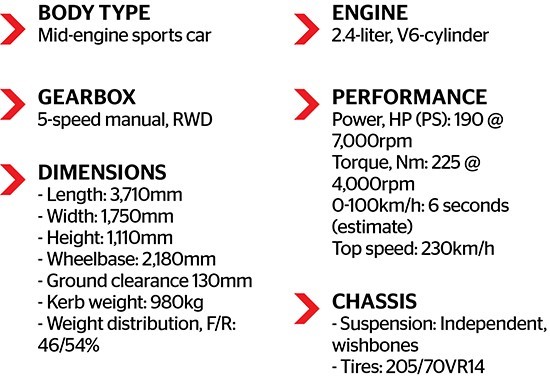 Read more Drive
Jordan News
Read more Drive
Jordan News



